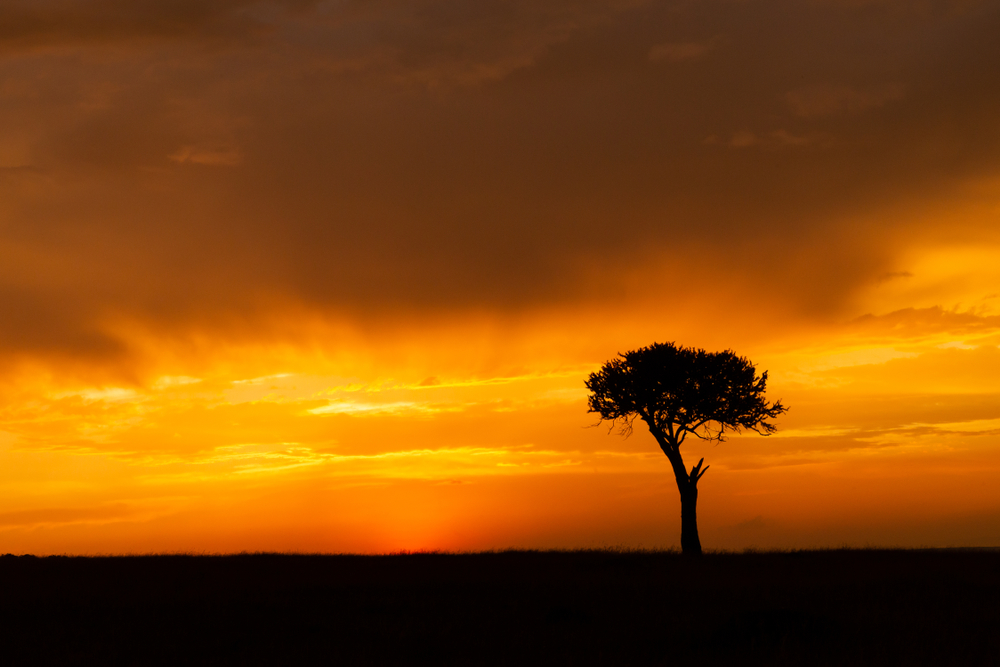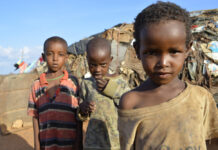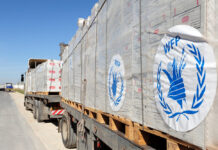The crises are accumulating in East Africa, with no end in sight. The famine in East Africa is the latest and deadliest pinnacle of this chaos.
As agriculture experts warn that March and April recorded higher temperatures and less rain than expected, the agriculturally dependent economies in this area of the African continent are being warned that the worst drought of the last 40 years is unfolding. The same experts warn that 29 million people face severe risks in these newly elevated conditions of crisis.
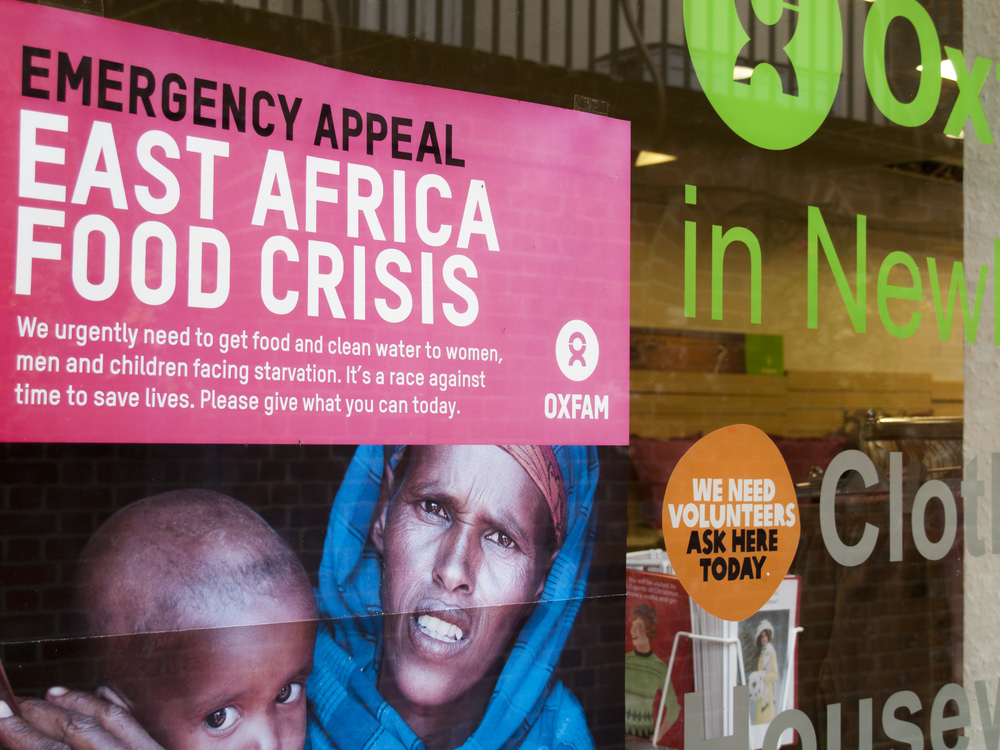
This is the fourth year in a row that failed rains have led to increasing drought and devastated the farming systems of East Africa. Ethiopia, Kenya, Somalia, and Madagascar are already enduring devasting famines. Mothers sacrifice their own food for their children and the elderly in the hardest-hit communities.
Climate change is not only leading to warmer temperatures and less rain. More frequent cyclones are a byproduct of climate change in the Indian Ocean, producing deadly consequences in East Africa. Durban, South Africa, witnessed historical flooding last month that killed nearly 500 people.
Climate change and natural disasters are one front of the crisis, but war in Ethiopia, terrorism, and instability in Somalia, and other genuinely manmade elements of the crisis are further escalating the chaos and scale of the tragedy.
In the embattled region of Tigray in Ethiopia, hunger has killed at least 1,900 children in the last year. According to US officials, another 115,000 children in the area are suffering from severe malnourishment, and 700,000 are enduring “famine-like” conditions. The country is experiencing its worst drought in almost half a century. Further south, in Somalia, 40% of the population is at risk of starvation.
The Democratic Republic of the Congo is not located in East Africa but recently joined the East African Community, a regional intergovernmental organization. Instability and violence in the DRC are raising alarms in East Africa as many are concerned that the violence will soon spill over to the borders of the nations in East Africa. Despite its size and immense natural resource wealth, the DRC is one of the poorest countries in the world.
The nations of East Africa are on the extreme frontline of global crises, in many instances, even when they have little to do with the crisis itself. While climate change is a leading cause of the current drought in the region, Africa contributes only 4% of global carbon emissions. The war in Ukraine has nothing to do with East Africa, but it has caused the price of food to skyrocket beyond the reach of many in these countries while also diverting much of the world’s attention and aid budgets.
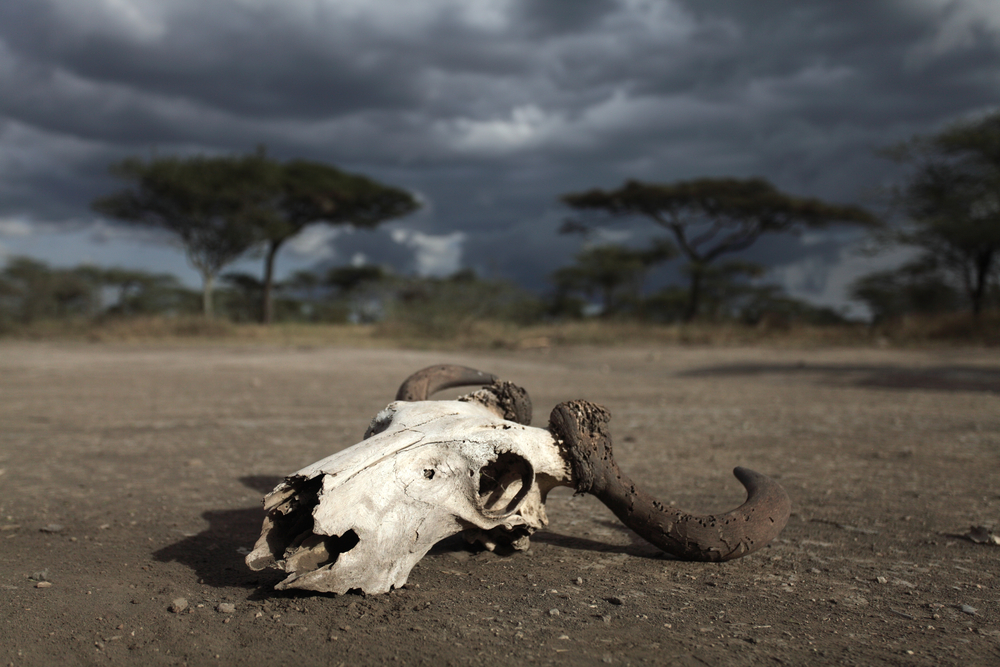
The head of the United Nations humanitarian affairs office, speaking on the suffering in the famine in East Africa, said, “The suffering here has no equal.”
While the world nervously watches the escalation of the war and violence in Ukraine, a cloud of death and devastation is moving across East Africa.
